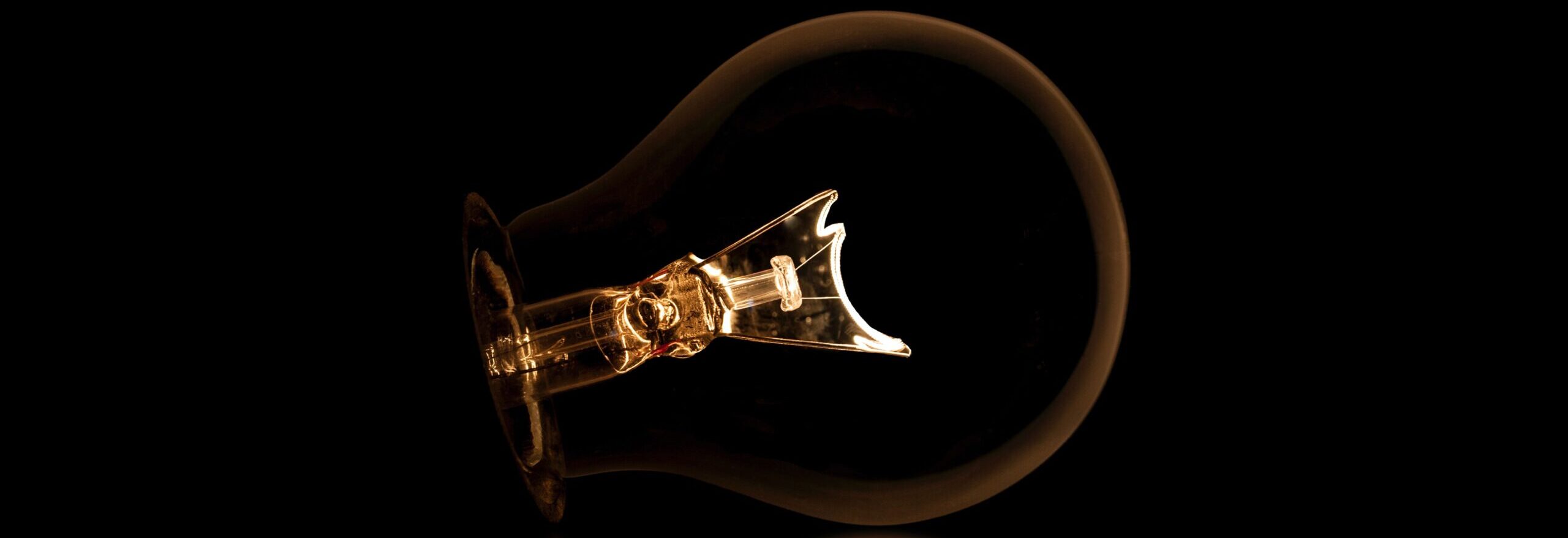5 September 2017
Are CFL light bulbs SAFE for us & the environment ~ A Tale of Mercury
According to the Australian Conservation Foundation, lighting accounts for 12 per cent of Australia’s domestic greenhouse gas emissions. For this reason, CFLs (compact fluorescent lamps) were mandated in 2010 as the replacement for the old energy-hungry incandescent light bulbs, as they are more energy-efficient. However, CFLs are not without their own environmental disadvantages, as they use more energy to produce and contain small amounts of mercury. Some manufacturers are increasing their ranges to include higher wattage LED and halogen lights, which do not contact mercury.
This being said, Environmental Engineer published a report last year that although CFLs have some attributes, such as containing mercury, that is not entirely Green. However, overall they offer a better alternative and have a much lower environmental impact than the previous incandescent alternative. As LED’s increase in wattage they will become an increasingly better lighting alternative even to CFLs.
Heating/Cooling
- 90 per cent of electrical energy generated by incandescent lamps is converted into heating rather than light;
- Although some older CFLs can take time to warm up and function act brightest, they generally use about 20-25 % of energy to light an equivalently bright bulb.
Keep your family safe from MERCURY Contamination
Correct handling and disposal of CFLs are important due to the presence of small portions of MERCURY in the lamp.
- To reduce risk and to protect you and your family, Fallon Services recommends you to handle the globe with care when installing and by the base;
- If it breaks – DO NOT SWEEP OR VACUUM – open a window and turn off any central air-conditioning and leave the room for 15 minutes. Then pick up any glass with still stiff cardboard or paper. Use sticky tape or duct tape to pick up any remaining fragments of glass or powder then wipe clean with a damp cloth;
- Dispose of in a glass jar or double bag in plastic bags to prevent landfill contamination.
To prevent landfill contamination, dispose of CFLs according to Brisbane City Councils (or your local councils) Hazardous waste disposal guidelines or Australian government collection points or IKEA offers recycling stations where customers can recycle their bulbs.
Safe disposal of old bulbs & recycling
Almost all elements of CFLs are about to be safely recovered and recycled including the mercury, glass, phosphor and aluminium from lamps.
- To dispose of CFL responsibility at end of life, wrap it in newspaper and double bag in two tied plastic bags;
- DO NOT DISPOSE OF WITH GENERAL WASTE – If you put them in your wheelie bin, you are creating a hazard for waste collectors, sorters and further contaminating the environment;
- Take CFCs to your local Transfer stations – some have free drop off days specifically for compact fluorescent light bulbs.
- Brisbane City councils have FREE drop off days for Brisbane residents to dispose of/recycle CFLs.
Alternative energy-efficient light bulb options
According to CHOICE, LED (light-emitting diode) provide an even safer alternative than CFLs as they are very energy-efficient, can be very bright and contact no mercury. LEDs have been commonly available for many years, mainly in products such as bike lights, torches, and garden lights. Although currently available in low-light outputs (equal to approx 25W or 40W), the supply of brighter 60w models are becoming increasingly available.
Further research is required into developing more effective lighting using halogen and LED technology.
Suggested articles
No articles found

